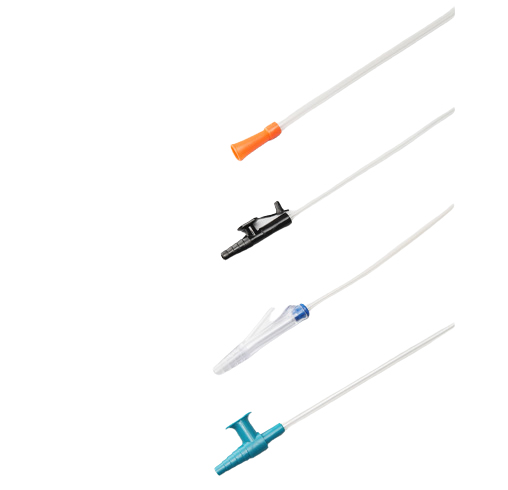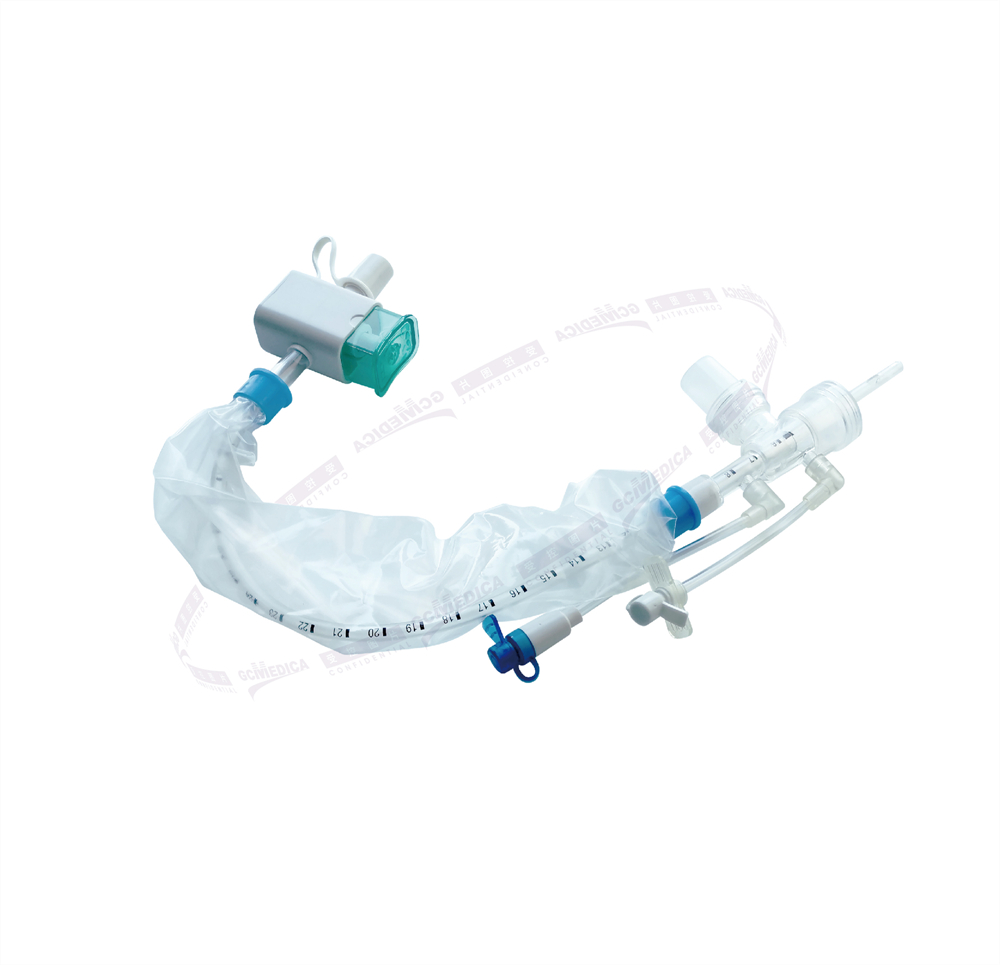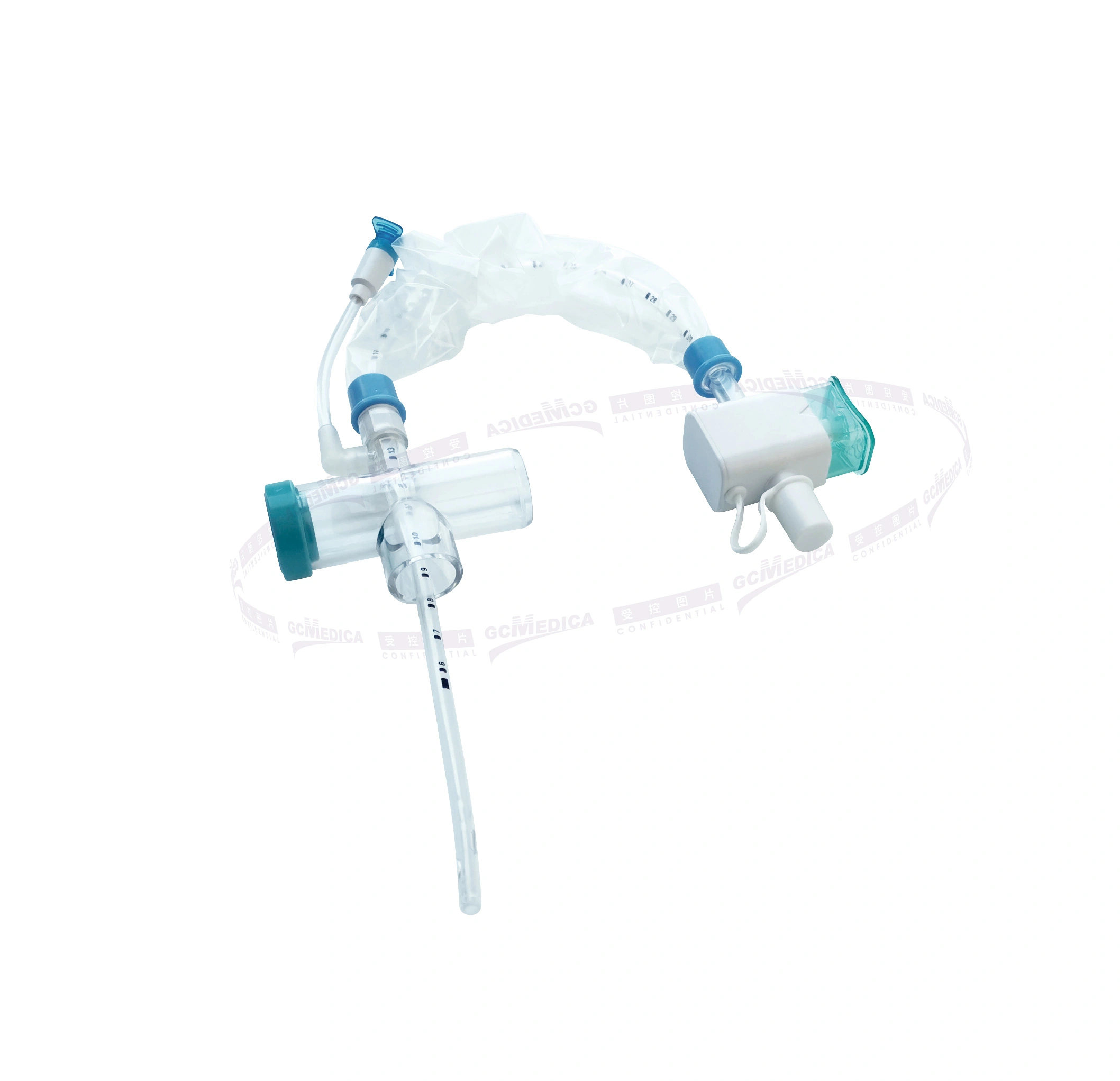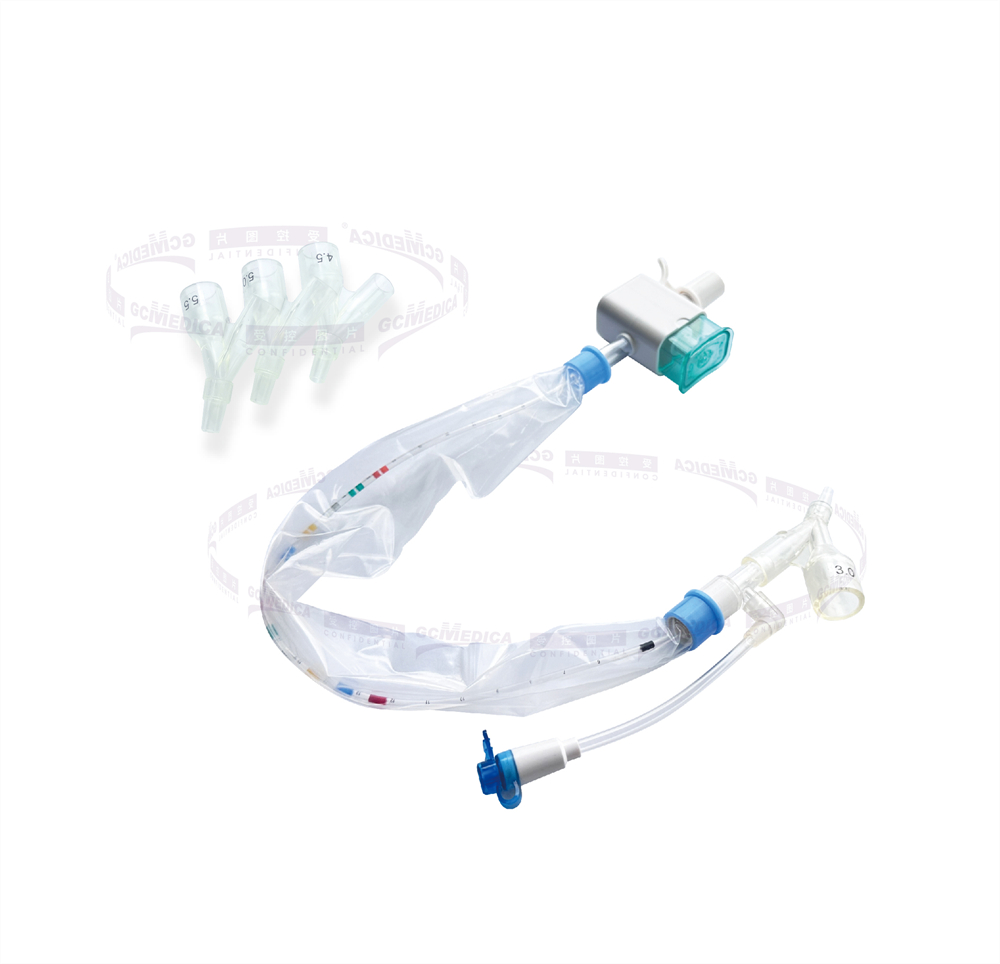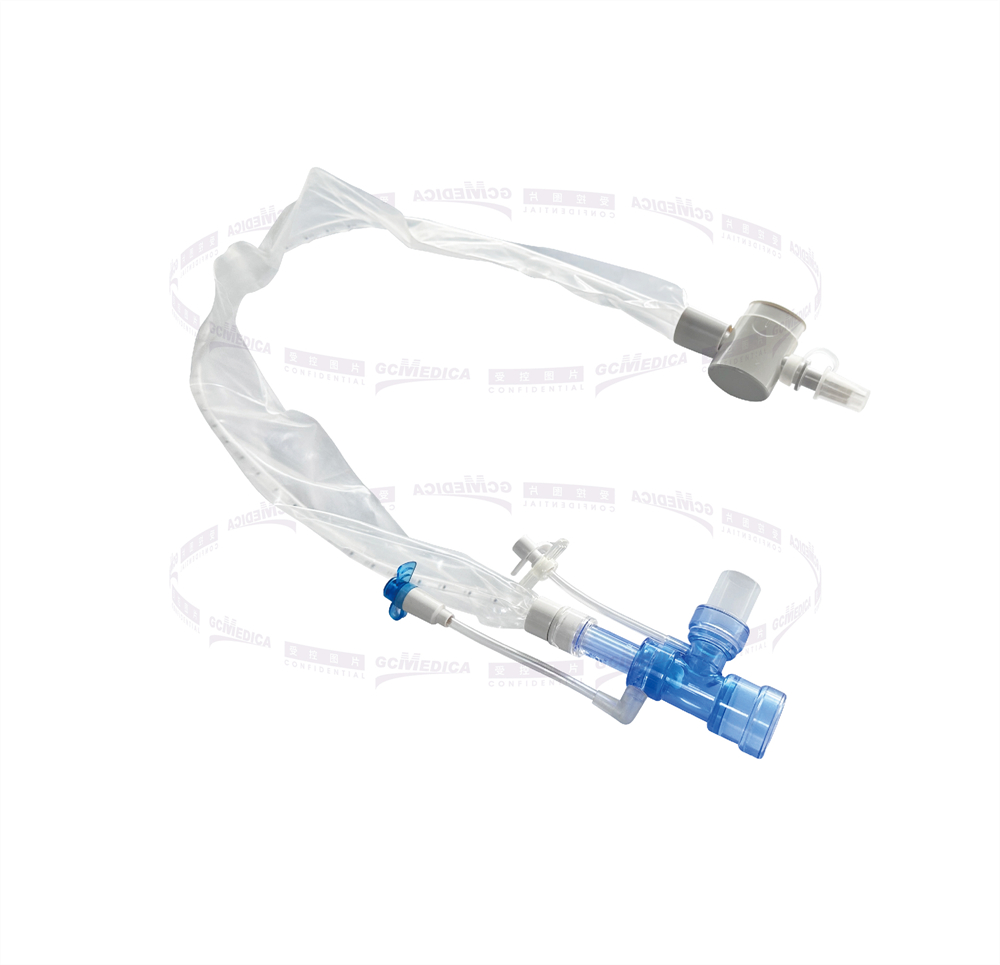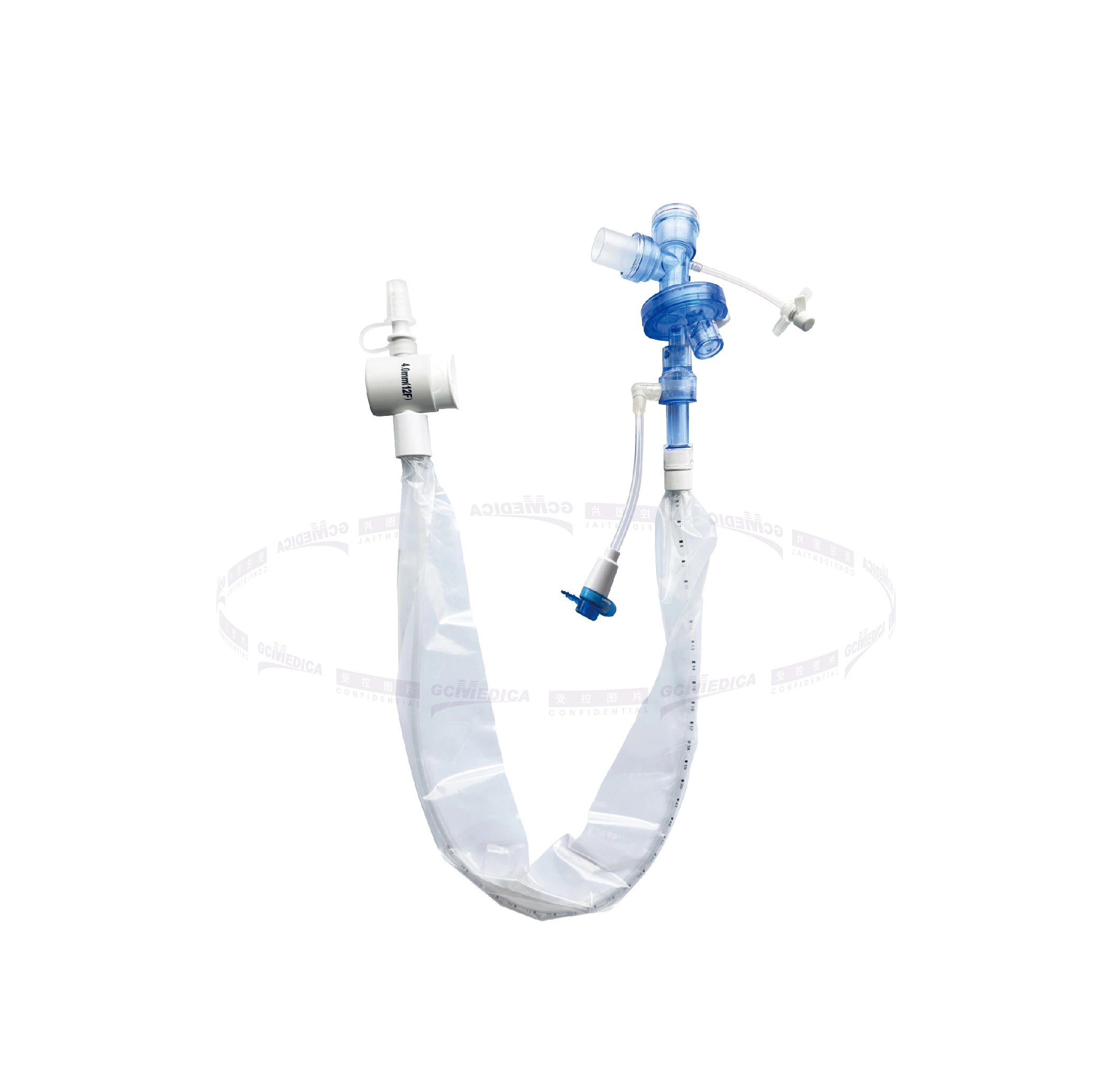Products
-
Laparoscopic & Endoscopic Products
-
Laparoscopic Procedures
- Laparoscopic Smoke Filter
- High FLow CO2 Laparoscopic Insufflation Filter Tube Set
- Veress Needle
- High Flow Heated Insufflation Tube
- Disposable Bladeless / Bladed Trocar with Thread / Balloon
- Disposable Wound Protector
- Disposable Height Changeable Wound Protector
- Retrieval Bag
- Laparoscopic Suction Irrigation Set
- Endoscopy Care and Accessories
-
Laparoscopic Procedures
- Respiratory & Anesthesia
- Cardiothoracic Surgery
- Gynaecology
-
Urology
- CathVantage™ Portable Hydrophilic Intermittent Catheter
-
Cysto/Bladder Irrigation Set
- M-easy Bladder Irrigation Set
- B-cylind Bladder Irrigation Set
- S-tur Bladder Irrigation Set
- S-uni Bladder Irrigation Set
- B-uro Bladder Irrigation Set
- Premi Bladder Irrigation Set
- J-pump Bladder Irrigation Set
- J-tur Bladder Irrigation Set
- H-pump Bladder Irrigation Set
- Sup-flow Bladder Irrigation Set
- Maple Irrigation Set
- Peony Irrigation Set
- Nelaton Catheter
- Urinary Drainage Bag
- Urinary Drainage Leg Bag
- Enema Kits
- Sitz Bath Kits
- Click Seal Specimen Container
- Silicone Male Catheter
- Spigot Catheter and Adaptor
- Sandalwood Irrigation Set
- Freesia Irrigation Set
- Daffodil Irrigation Set
- Single-Use Digital Flexible Ureteroscope
- Enteral Feeding Products
- Dental
-
Fluid Management
- Humite Canister
- Suction Canister Soft Liner
- Rigid Suction Canister
- Suction Canister with Filter Kit
- Reusable Outer Canister
- Reusable Metal Holder Used with Reusable Canister
- Roll Stand
- Wall Mount
- Vacuum Control Adaptor
- Automatic Transfer of Fluids
- Universal Manifold Tubing
- Solidifier Pack
- Brucite Canister
- Warming Unit and Warming Blanket
-
Operating Room Necessities
- Nasal and Oral Sucker
- Pulsed Lavage System
- Disposable Medical Equipment Covers
- Magnetic Drape / Magnetic Instrument Mat
- Suction Handle
-
General Surgery
- Perfusion Atomizer System
- Gastric Sump Tube
- Surgical Hand Immobilizer / Lead Hand for Surgery
- Administration Set for Blood
- Ear/Ulcer Syringe
- Bulb Irrigation Syringe
- Toomey Irrigation Syringe
- Mixing Cannula
- Basin Liner/Basin Drape
- Medical Brush
- Sponge Stick
- Suture Retriever
- Needle Counter
- Disposable Calibration Tube
- Heparin Cap
- 100ML Bulb Irrigation Syringe
- Scleral Marker
- Surgical Light Handle
- Mucosal Atomization Device
- Durable Medical Equipment
- Patient Handling System
- PVC-FREE Medical Device
- Emergency
News and information
-
What is Tum-E-Vac® Gastric Lavage Kits?Oct 14 , 2024
-
CathVantage™ Twist Intermittent Catheter | GCMEDICASep 20 , 2024
-
Single-Use Digital Flexible Ureteroscope | GCMEDICASep 20 , 2024
-
Disposable Hemorrhoid Ligator | GCMEDICASep 20 , 2024
-
Gastric Lavage Kits | GCMEDICASep 20 , 2024
Closed / Open Suction Catheter
| Product name | Closed / Open Suction Catheter(24H / 72H) |
| Place of Origin | Jiangsu, China |
| Brand | Gcmedica |
| Instrument classification | Class II |
| Product size | 06Fr-16Fr, 30.5-53cm |
| Warranty | 5 years |
| Certification | CE, FDA, UKCA ,TUV Rheinland, ISO13485 |
| Delivery time | Depends on order quantity |
| OEM & ODM | Support (We specialize in providing comprehensive OEM services to numerous globally recognized brands.) |
The Closed Suction Catheter is mainly used to finish the sputum suction process. Unlike ordinary suction catheter which needs to cut down the breathing machine while being used, Closed Suction Catheters has several connectors to keep connecting with trachea cannula and breathing machine.


